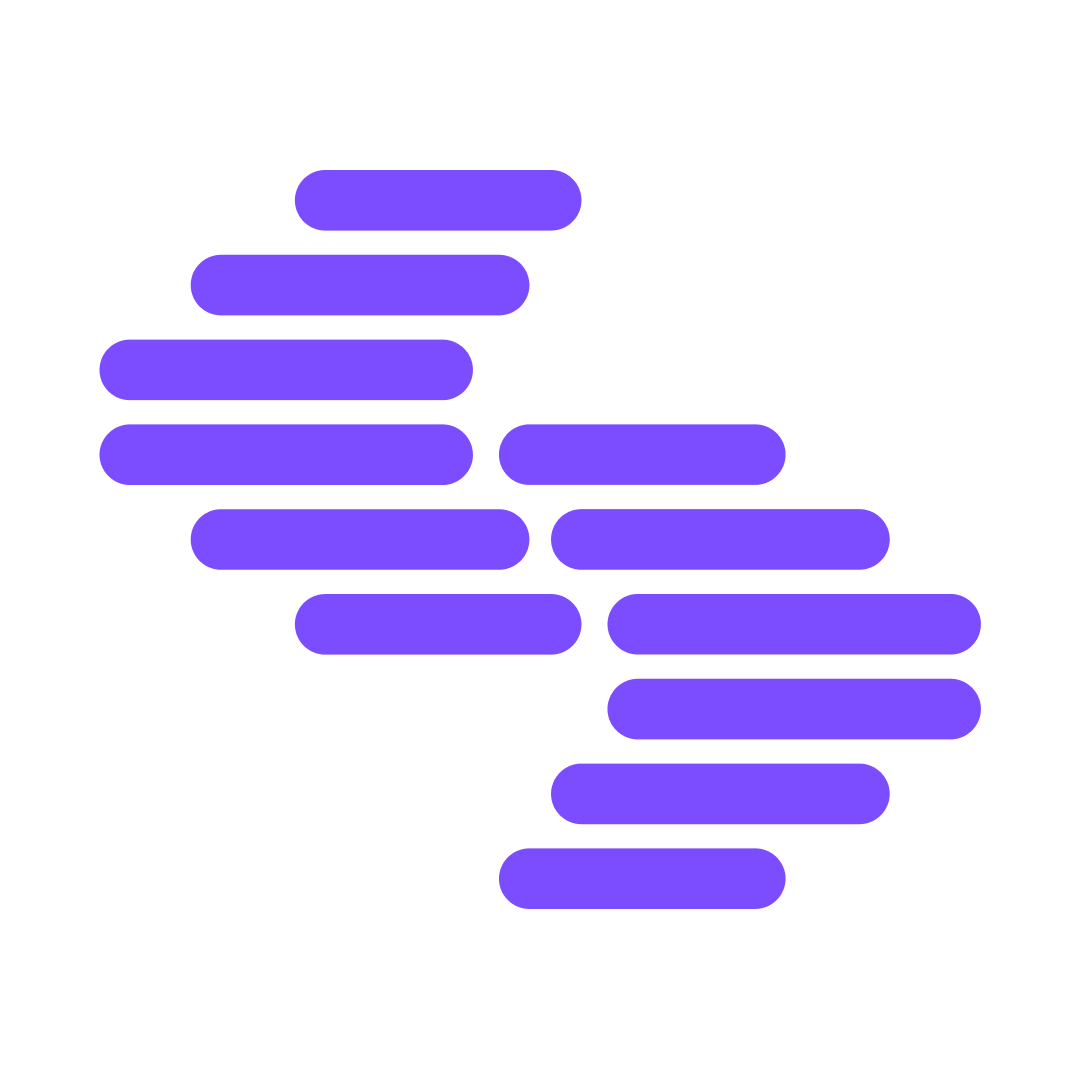
Sonja Kotrotsos
Sonja heads up the EMEA Go-To-Market for Contentstack, with two decades of industry experience in the areas of marketing, business development and services. Sonja previously worked for traditional CMS vendors Bloomreach and SDL. Sonja is a mother of three and lives near Amsterdam, The Netherlands.




.svg?format=pjpg&auto=webp)
.svg?format=pjpg&auto=webp)
.png?format=pjpg&auto=webp)






.png?format=pjpg&auto=webp)
